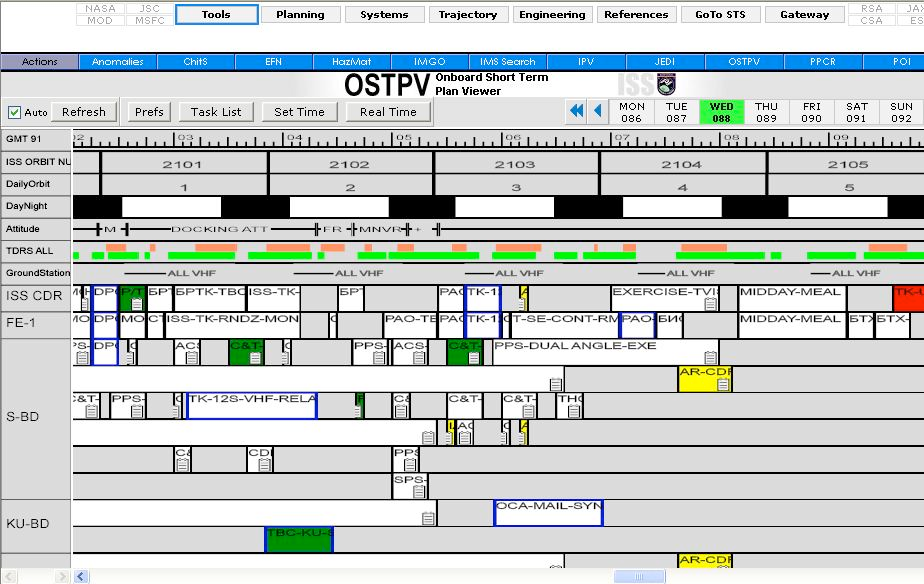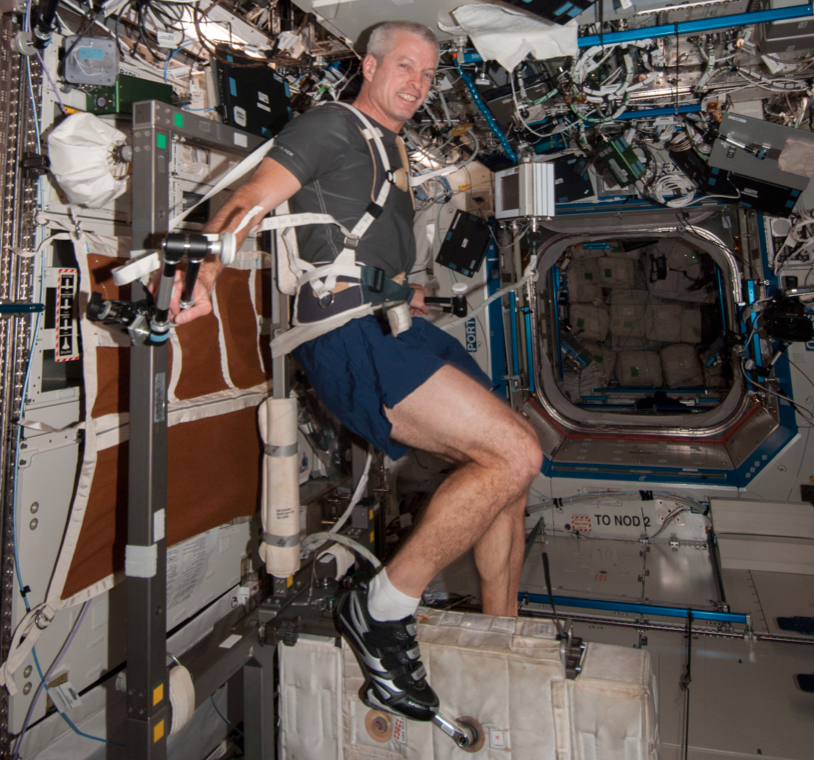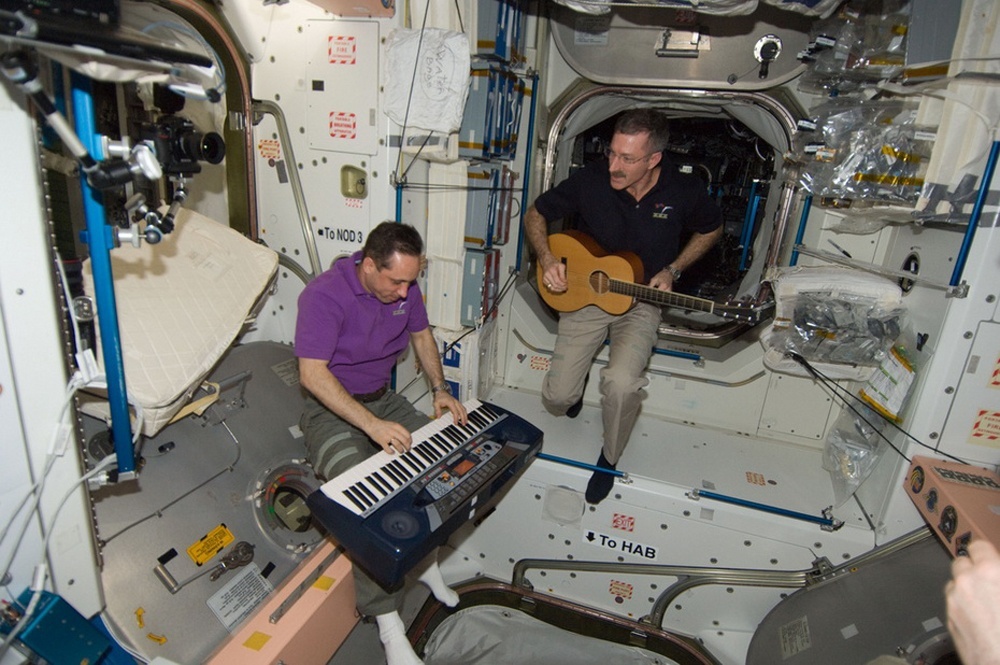How does the working day on the ISS
 NASA engineer and instructor Robert Frost answered this question. The working week on the ISS lasts 5.5 days, the remaining 1.5 days are considered days off. Weekends do not mean that absolutely no work is being done, just nothing is put on the plan for this time. Unplanned and mandatory items, such as exercise, are still relevant.
NASA engineer and instructor Robert Frost answered this question. The working week on the ISS lasts 5.5 days, the remaining 1.5 days are considered days off. Weekends do not mean that absolutely no work is being done, just nothing is put on the plan for this time. Unplanned and mandatory items, such as exercise, are still relevant.On Earth, the day due to the rotation of the planet around its axis. At the International Space Station, dawn and sunset occur every few tens of minutes, and the daily cycle is caused by the need to observe human biorhythms.
It takes 8.5 hours to sleep, but because of the noise of ventilation it can be difficult to fall asleep, so many do not sleep well . The day is divided into 6.5 hours of scheduled work, 2.5 hours of exercise, 1 hour for lunch. Allocate time to communicate with the Earth on the planning of the day, preparation for work (reading instructions and collecting tools), familiarization with the work plan. And time is spent on preparing for bed, hygiene, breakfast and dinner.
Free time can be taken in a variety of ways: to chat with the camera at the Dome (the module with a beautiful view of the Earth), watch videos, chat, read books and news. But there are specific entertainment that is not available on the surface of the planet - these are the effects of microgravity. Not everyone in life has the opportunity to play with a ball of water floating in the air.
')
Here is an example of a two-day routine on the ISS. The time is given in GMT.
06:00 Rise, personal time. In Houston, we get up at midnight, for Moscow it is a little more convenient - 9 am.
07:30 Discussion with the Earth of the works of the coming day.
07:45 Day work: maintenance, work with the load and so on.
09:45 exercise bike, 1 hour.

10:45 Exercises with a cable, 1 hour.
11:45 Strength training, 1 hour 20 minutes.
13:00 Lunch.
14:00 Care for spacesuit.
14:30 Preparation for work on public relations.
14:40 Public relations work.

15:00 Work on the loading / unloading of the European truck ESA / ATV.
16:30 Contact with the Earth, personal medical consultation.
17:10 Personal psychological counseling.
17:40 Loading / unloading of a European truck ESA / ATV.
18:35 Preparation for the next day's work.
19:05 Discussion with the Earth of the work of the past day.
19:30 Personal time before bedtime.

21:30 Sleep
06:00 Rise, personal time.
07:30 Discussion with the Earth of the works of the coming day.
08:15 Installation of guides for the camera with flammable liquids.
08:25 Loading / unloading of the European truck ESA / ATV.
09:50 Spine stretch experiment in microgravity.
11:30 Work on scientific experiments.
12:00 Binary colloidal alloy experiment.

12:20 Discussion with the Earth of cargo storage issues.
12:40 Biological experiment.
12:55 Lunch.

13:55 Loading / unloading of the European truck ESA / ATV.
15:15 Strength training.
16:45 Loading / unloading of a European truck ESA / ATV.
16:55 The treadmill.

18:15 Preparation for the next day's work.
18:45 Discussion with the Earth of the work of the past day.
19:10 Preparing for the next day's work.
19:30 Personal time before bedtime.
21:20 Experiment on stretching the spine in microgravity.
21:25 Binary colloidal alloy experiment.
21:30 Sleep
The schedule of all crew members - including Russians - can be found on the special NASA website . You can also see there what each of the ISS occupants are doing at the moment. NASA publishes a daily routine archive in the Russian format .
Source: https://habr.com/ru/post/366157/
All Articles